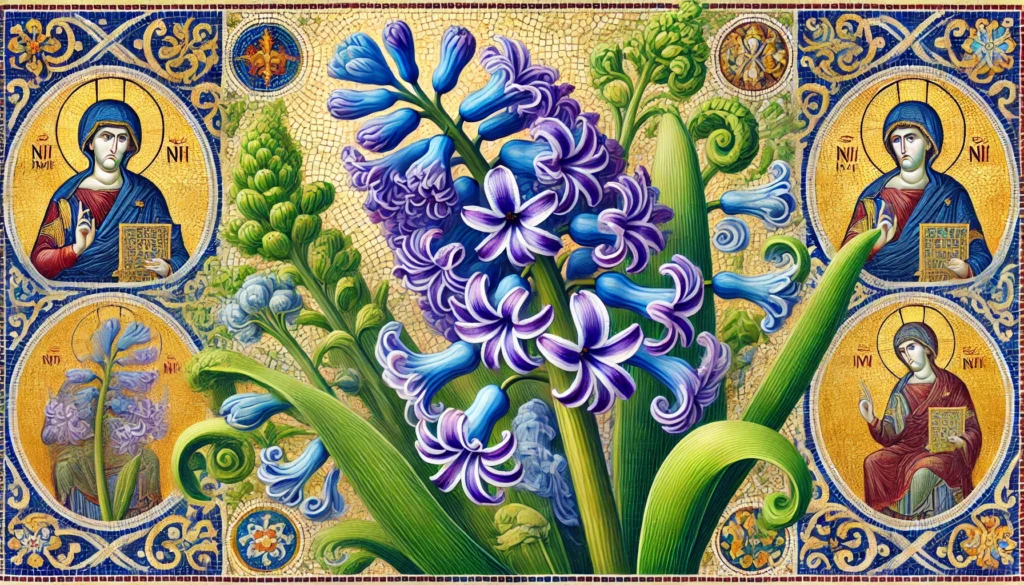

Home » Cat Plants » Is the Garden Hyacinth Plant Harmful to Cats?

Garden Hyacinth (Hyacinthus orientalis) is a popular spring-flowering bulb known for its clusters of fragrant flowers in shades of purple, pink, white and blue. While these plants beautify many gardens, they unfortunately pose a toxic risk to cats. Garden Hyacinth contains alkaloids and oxalates that are poisonous to cats if any part of the plant, especially the bulb, is ingested. Hyacinths are commonly found in outdoor gardens, as potted plants, and in floral arrangements.
Ingestion may cause mild gastrointestinal upset, but is generally not life-threatening.
Ingestion can result in mild symptoms like vomiting, diarrhea, or drooling. Rarely fatal but may require veterinary care.
Eating these plants can lead to more pronounced symptoms like abdominal pain, lethargy, or difficulty breathing. Veterinary intervention may be necessary.
Ingesting even small amounts can cause severe symptoms like organ damage, seizures, or cardiac failure without rapid treatment.
All parts of these plants are extremely poisonous to cats and can quickly lead to death, even with immediate veterinary care.
** Please note: Please note that toxicity level can vary based on the amount ingested and the specific cat. It's always best to keep these plants completely inaccessible to cats and seek immediate veterinary care or call the poison hotline if you suspect your cat has ingested any part of a toxic plant.
If a cat ingests any part of a Garden Hyacinth plant, they may experience symptoms of hyacinth poisoning. Common signs include:
If you suspect your cat has eaten Garden Hyacinth, seek immediate veterinary care. Your vet will likely perform the following diagnostic steps:

A: Yes, cats can be allergic to Garden Hyacinth. Symptoms of an allergic reaction may include itching, sneezing, and skin irritation.
A: Yes, Garden Hyacinth is toxic to cats. Ingesting any part of this plant, especially the bulbs, can cause symptoms such as vomiting, diarrhea, and drooling.
A: Symptoms of Garden Hyacinth poisoning in cats include vomiting, diarrhea, excessive drooling, and abdominal pain. Immediate veterinary care is recommended if ingestion is suspected.
A: To prevent contact, ensure that Garden Hyacinth is not present in your home or garden. Keep your cat indoors or monitor outdoor activities closely to avoid exposure.
A: If your cat ingests Garden Hyacinth, contact your veterinarian immediately. Do not induce vomiting unless instructed by a veterinary professional. Immediate medical attention is necessary.
A: Yes, Garden Hyacinth is commonly found in gardens and as an ornamental plant. It is important to ensure this plant is kept out of reach of cats to prevent accidental ingestion.
Garden Hyacinth is native to the eastern Mediterranean, primarily Turkey and the Middle East. It was brought to Europe in the 16th century and has been cultivated as an ornamental plant ever since. Hyacinth was especially popular during the Victorian era where it was grown extensively by the Dutch.
Today there are over 2,000 cultivars in a rainbow of colors and forms. Despite their beauty, hyacinths have always been known to be poisonous.
Please note: The information shared in this post is for informational purposes only and should not be considered as veterinary medical advice.
🐾 A hilarious or heart-melting cat video
🐾 Our latest paws-on review of a cool cat toy